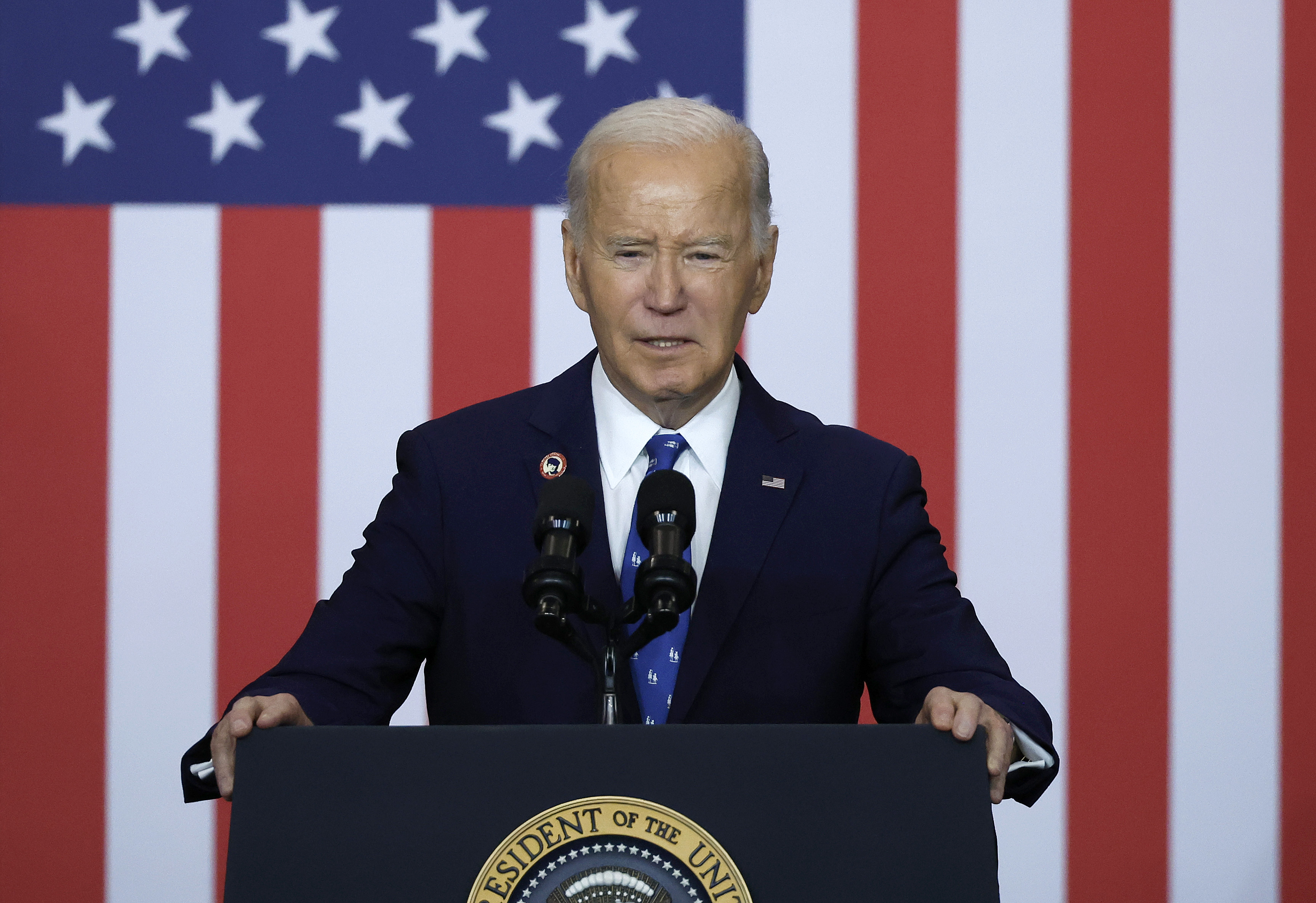What's New
The U.S. economy grew at an annualized rate of 3.1 percent two, driven by a surge in consumer spending and exports, according to revised data from the Commerce Department released on Thursday.
Why It Matters
The robust growth in the third quarter highlights the resilience of the U.S. economy in the face of challenges, including the Federal Reserve's dealings with interest rates to combat inflation.
Inflation peaked at 9.1 percent in 2022, a four-decade high, but has since cooled to 2.7 percent as of November, inching closer to the central bank's two percent target. However, voters remain dissatisfied with economic conditions, as prices remain significantly higher than in early 2021.
This discontent contributed to Republican President-elect Donald Trump's return to the White House, with Republican majorities in the House and Senate. Trump's proposed economic policies, including tariffs, tax cuts, and mass deportations, have sparked concerns among economists who warn they could stoke inflation and disrupt markets.

What to Know
The figure marks an upward revision from earlier estimates.
Business investment grew by just 0.8 percent, though investment in equipment surged 10.8 percent. Federal government spending increased by 8.9 percent, bolstered by a 13.9 percent rise in defense expenditures.
These gains reflect continued economic recovery but come at a time of rising political uncertainty following the Republican sweep of the presidency and Congress in last month's elections.
Consumer spending, which accounts for two-thirds of U.S. economic activity, was a key driver of the third quarter's growth, expanding at a 3.7 percent annual rate. Meanwhile, the Commerce Department's preferred measure of inflation, the personal consumption expenditures index, rose by only 1.5 percent during the quarter. Core inflation, which excludes food and energy, was 2.2 percent, down from the second quarter's 2.8 percent.
Despite the strong overall performance, some metrics suggest vulnerabilities.
Private business investment outside of equipment grew minimally, and the unemployment rate has risen slightly to 4.2 percent, up from April's 3.4 percent, a 53-year low. Yet, economists note that the labor market remains historically tight, providing a cushion for growth.

What People Are Saying
Oren Klachkin, Economist at Nationwide said: "This week's data show the economy is set to end 2024 on a solid note, which is fortunate since we'll have to contend with heightened policy uncertainty and possibly greater challenges in 2025."
Federal Reserve Chair Jerome Powell said in a news conference: "It's pretty clear we've avoided a recession," adding that "the U.S. economy has just been remarkable, I feel very good about where the economy is... We expect significant policy changes, we need to see what they are and the effects to get a clearer picture."
What Happens Next
The Commerce Department will release its initial estimate for fourth-quarter GDP growth on Jan. 30, which will provide further insights into the economy's trajectory heading into 2025.
In the meantime, analysts will closely monitor developments under the Trump administration's policy agenda. While proposed tax cuts and tariffs could stimulate short-term growth, the longer-term risks of inflation and trade disruptions remain a concern from when he gets sworn in on Jan. 20.
This article includes reporting from The Associated Press



















 English (US) ·
English (US) ·